Lecturers
Prof. M. Kenya Kubo
College of Liberal Arts, International Christian University
Prof. Kubo studied for his BS and MS, and received his PhD at the University of Tokyo. His research interests have been focused on the application of radiochemical techniques to material characterization and elemental analysis. Extremely small amount of unstable species created by the irradiation of neutron, muon and radioactive isotope beams are characterized through hyperfine interactions detected by emitted electrons and gamma-rays. Neutron activation analysis and elemental analysis by muonic X-ray are among his research topics at J-PARC. He likes walking and disassembling gadgets.
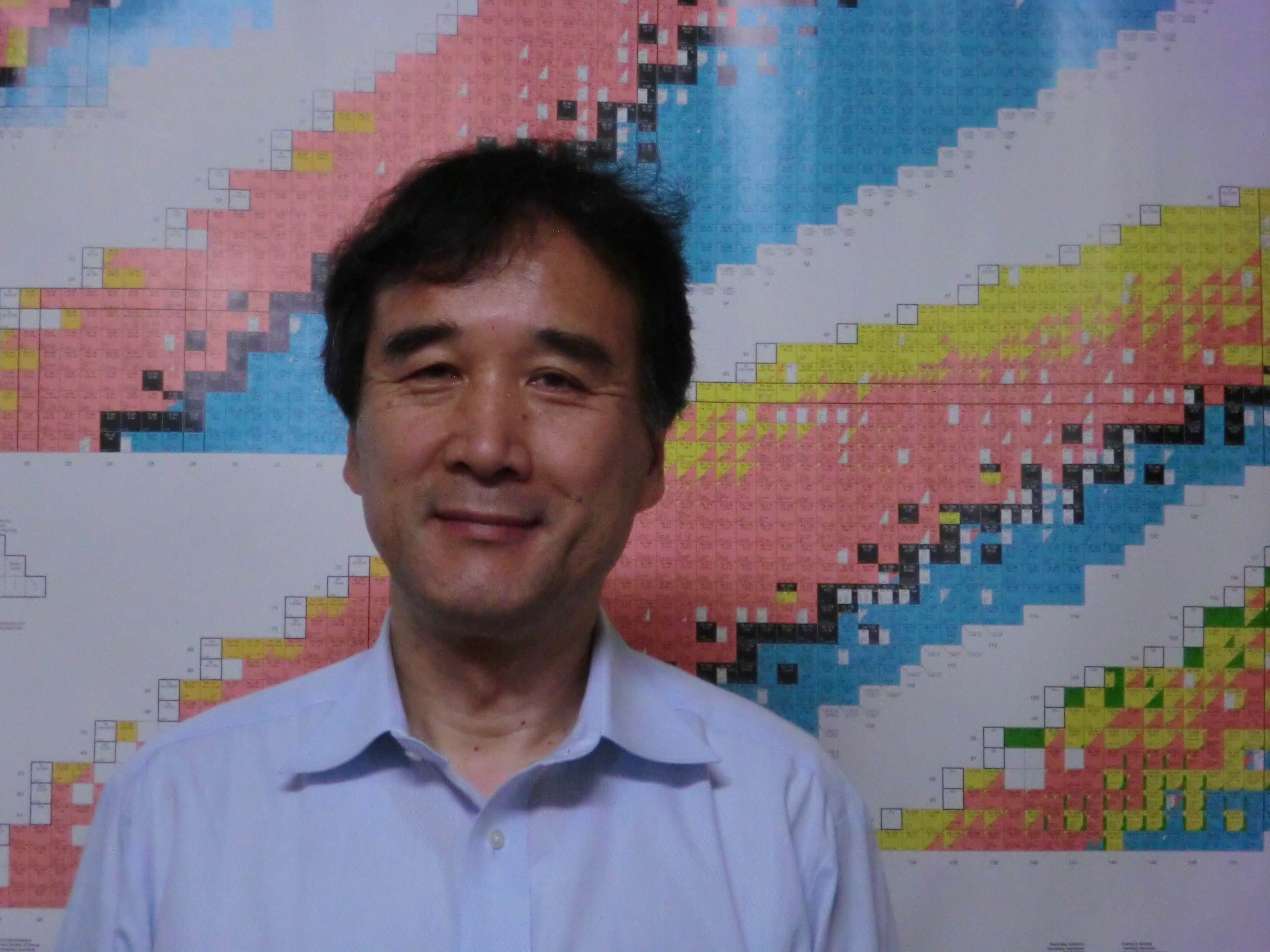
Prof. Toshiya Otomo
Prof. Robert Robinson
School of Physics, University of Wollongong, Australia
Prof.Robinson has 40+ years of experience in neutron scattering and condensed-matter physics. A graduate from the Cavendish Laboratory at the University of Cambridge, he then went to Los Alamos National Laboratory, initially as a postdoctoral fellow, and stayed there for 17 years. In 1999, he moved to Sydney, Australia, to lead the neutron scattering effort, and build-up of both instruments and staff, at the new OPAL research reactor. He retired from ANSTO in July 2016, and has held adjunct professorial positions with University of Wollongong, Ibaraki University and Universita di Roma. He is a Fellow of the American Physical Society and was President of the Australian Institute of Physics between 2013 and 2015.
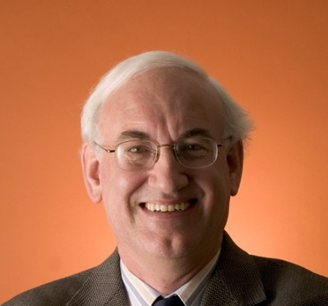
Prof. Koichiro Shimomura
Institute of Materials Structure Science, KEK and Materials and Life Science Division, J-PARC Center
Koichiro Shimomura was born in Niigata Prefecture, Japan in 1961. He earned his B.Sc. (1986), M.Sc. (1988), and D.Sc. (1991) degrees from Kyoto University. He was a research associate (1992–2006) at Tokyo University and High Energy Accelerator Research Organization (KEK). And he was an associate professor (2006–2018) and is now professor at KEK. He started his career from the investigation of experimental nuclear physics. Recent his research interests are hydrogen in matter, developments of ultra slow muon beam and precise measurement of muonium hyperfine structure.

Dr. Koichi Kino
National Institute of Advanced Industrial Science and Technology (AIST)
Dr. Kino studied at Tohoku University for his BS, MS, and received his Doctor of Science at Tohoku University in 2000. His research started for the nuclear physics and then extended to the pulsed neutron sources and its applications for science and industry. He was involved with constructions for two instruments, ANNRI and SPICA, at J-PARC MLF. Recently he developed a compact neutron source “AISTANS” at AIST and succeeded in obtaining a pulsed neutron beam. Hobbies are skiing and cycling.
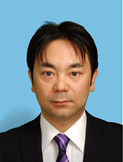
Prof. Naritoshi Kawamura
Institute of Materials Structure Science, KEK and
Materials and Life Science Division, J-PARC Center
Prof. Kawamura studied at Tokyo Metropolitan University for his BS and at the University of Tokyo for his MS and received Ph.D. in 1998. His research interests have been focused on muon catalyzed fusion and on fundamental physics studies using muons. He designed and constructed the muon source and the muon beamlines used in MLF J-PARC. His hobby is jogging and skiing.
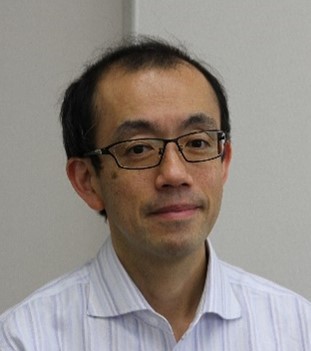
Dr. Adrian Hillier
the ISIS neutron and muon source, UK
Dr Adrian Hillier has 25+ years experience of using muons in condensed matter. He obtained his PhD at St Andrews University in Scotland, in unconventional superconductivity where he used both neutrons and muons. After this he work at the Institute Laue Langevin neutron facility in Grenoble, France, using polarised neutron. He then moved to the ISIS neutron and muon source, UK as an instrument scientist where he upgraded the current MuSR spectrometer and has for the past almost 10 years been the muon group leader. His current research areas are magnetism and unconventional superconductivity and using muons for elemental analysis, in areas such as: cultural heritage, advanced manufacturing and energy materials.
Prof. Vanessa Peterson
Australian Centre for Neutron Scattering
Honorary Prof. University of Wollongong
Prof Peterson obtained her PhD in 2004 from the University of Technology, Sydney, in conjunction with the neutron scattering group at the Australian Nuclear Science and Technology Organisation. She previously worked at the NIST Center for Neutron Research (USA), and at the University of Sydney, before returning to Australia help commission the two neutron powder diffractometers Echidna and Wombat at the Australian Centre for Neutron Scattering (ACNS), which she now co-operates. Prof Peterson leads the “Energy Materials” research project from within the ACNS and specializes in real-time material characterization methods to understand materials function. Her work is recognized by the 2020 Bob Cheary Award for Excellence in Diffraction Analysis for significant long-term contributions to diffraction analysis, by the 2019 Australian Neutron Beam Users award for outstanding research & leadership in neutron science, by the 2017 Society for Crystallographers in Australia and New Zealand’s Sandy Mathieson Medal for distinguished contributions to science involving X-ray, neutron or electron diffraction and/or imaging, by a 2013 NSW Australian Institute of Policy and Science’s Young Tall Poppy Award, and in 2011 where she was a finalist for the Eureka People’s Choice Award. Prof Peterson is a Fellow of both the Royal Society for Chemistry and the Royal Australian Chemical Institute, an elected Fellow and Director at Large of the International Centre for Diffraction Data (USA) and a member of the International Union of Pure and Applied Chemistry’s Commission on Neutron Scattering. Prof Peterson enjoys playing roller derby and rock climbing.

Prof. Shinichi Itoh
Neutron Science Division, Institute of Materials Structure Science, KEK
Materials and Life Science Division of J-PARC Center
Neutron Science Division, Institute of Materials Structure Science, KEK, and Materials and Life Science Division of J-PARC Center. He received the doctoral degree from Tohoku University in 1990, got a position at KEK in 1993, and became a professor in 2012. His research field is inelastic neutron scattering mainly focusing on spin dynamics of correlated electron systems, low-dimensional magnets, etc., as well as instrumentation of neutron spectrometers.
Prof. Elliot Paul GILBERT
Australian Nuclear Science and Technology Organisation
Honorary Prof. University of Queensland
Prof. Gilbert completed his undergraduate studies in Chemical Physics at the University of Edinburgh and received his PhD from the Australian National University in 1998 focussing on the phase behavior in n-alkane systems. Following an Australian Research Council Industrial Postdoctoral Fellowship, he joined the Small-Angle Scattering Group at the Intense Pulsed Neutron Source at Argonne National Laboratory. He joined ANSTO in 2001 to lead the project for the design, construction and commissioning of the QUOKKA small-angle neutron scattering instrument at the OPAL facility and is currently instrument-responsible. Prof. Gilbert also devised, initiated and leads ANSTO’s research activities in the application of scattering to investigate fundamental and industrial problems in food materials science. While Prof. Gilbert’s interests lie in both soft and hard condensed matter, he has also sought to develop unique and specialised sample environments to extend the use of scattering instrumentation into new scientific areas; such devices include the first differential scanning calorimeter capable of enabling the simultaneous measurement of SANS and a Rapid ViscoAnalyser that enables SANS to be measured during a food process. He is a member of the IUCr Commission on Small-Angle Scattering and chaired the international conference on small-angle scattering in Sydney (2012).
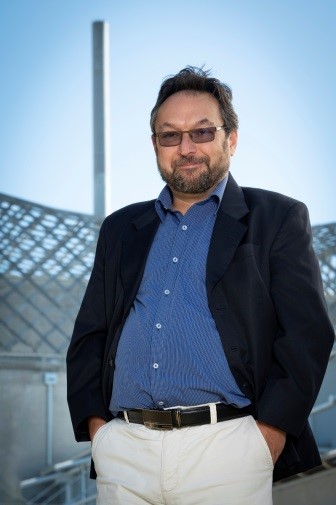
Prof. Masaaki Kitaguchi
Kobayashi-Maskawa Institute, Nagoya University
Prof. Kitaguchi studied at Kyoto University for his BS and MS, and received his Ph.D in 2004. His research interests have been focused on particle and nuclear physics using neutrons. He developed cold-neutron interferometer, neutron spin flipper for spin echo spectrometer, and ultra-cold neutron accelerator. He is now working on fundamental physics, for example, neutron lifetime measurement, search for CP-violation in hadron sector, and search for unknown force like dark energy mainly in J-PARC. He likes taking pictures and reading Doraemon.
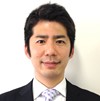
Prof. Hiromi. Iinuma
Ibaraki University
Prof. Iinuma studied at Yokohama National University for her BS and at Nagoya University for her MS. Then she received Ph.D. in 2006 at Kyoto University. Her research interests have been focused on particle and nuclear physics with spin probe. After she worked on absolute polarimeter of the polarized proton beam at RHIC-SPIN program at Brookhaven National Laboratory, she has been working on a new muon g-2/EDM experiment at J-PARC from 2008. Goal of this experiment is a precise measurement of muon spin precession with momentum of 300MeV/c beam, in 3-T super homogenious magnetic field. (You could check how small its cycrotoron radius!?) She will give an introduction talk how to approach beyond the Standard Model by use of muon.
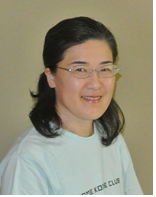
Prof. Sungkyun Park
Department of Physics, Pusan National University
Prof. Park studied Physics at Pusan National University for his BS and MS and the University of Arizona (Tucson, USA) for Ph. D (2001). After Ph.D., he worked at Lujan Center (Los Alamos National Laboratory, 2001-2005) and IPNS (Argonne National Laboratory, 2005-2006) for polarized neutron reflectometry (PNR). After returning from the US, he worked at the Korea Basic Science Institute (Busan Center) as a surface science research team leader (2006-2008). Since 2008, Prof. Park has been working at the Department of Physics, Pusan National University, Busan, Korea (asian.pusan.ac.kr). His research interests have been focused on physical property modulations at interfaces using spectroscopic techniques, including PNR and synchrotron base.
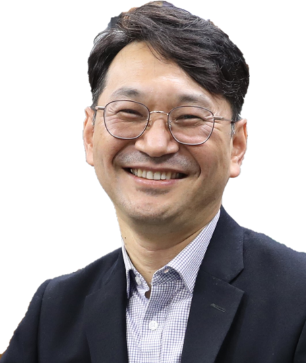
Prof. M. Nagao
Instrument Scientist, National Institute of Standards and Technology, USA
Research Professor University of Maryland, USA
Affiliate Associate Professor University of Delaware, USA
Professor Nagao graduated from Hiroshima University and left the graduate school for employment being a Research Associate at the University of Tokyo in 1997. He was an instrument scientist of the SANS-U (1997-2003) and the lead instrument scientist of the iNSE (2003-2006). He received his PhD from the University of Tokyo in 2001. He became an instrument scientist of the NIST-NSE at the National Institute of Standards and Technology (NIST) Center for Neutron Research (NCNR), USA in 2006. He was also affiliated with Indiana University as a Staff Scientist (2006-2010), Associate Scientist (2010-2018) and Senior Scientist (2018-2020). He became a visiting Research Professor at the University of Maryland (UMD) (2020-2021). Currently he is a Research Professor at UMD and collaborates to upgrade the NIST-NSE instrument as Affiliate Associate Professor at the University of Delaware (2020-). His research interest is on neutron and X-ray scattering studies of soft condensed matter systems.
Prof. Kazuhiko Ninomiya
Radiation Science, Osaka University
Dr. Kazuhiko Ninomiya studied at Osaka University for his bachelor’s degree and master’s degree in Graduate School of Science, and received his Ph.D. degree from Osaka University in 2008. He was Postdoctoral Fellow for Laboratory of Nuclear Studies, Osaka University and Advanced Science Research Center, Japan Atomic Energy Agency during 2008-2012. He is now Associate Professor of Institute for Radiation Science, Osaka University. His research interests are muon science and environmental radiochemistry. Especially, he is recently working on research and development for non-destructive analysis method using muon. He will give presentation on introduction of muon analysis method and recent topics related to this method.
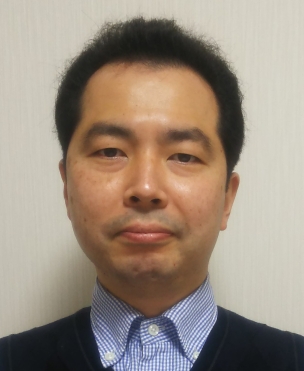
Prof. Hirotaka Sato
Faculty of Engineering, Hokkaido University
Dr. Hirotaka Sato studied at Hokkaido University for his bachelor’s degree and master’s degree in Quantum Science and Engineering, and received his Ph.D. degree from Hokkaido University in 2011. He was Research Fellow of Japan Society for the Promotion of Science (JSPS) during 2008-2011, and Postdoctoral Fellow for Energy Resolved Neutron Imaging System “RADEN” at J-PARC MLF BL22 during 2011-2012. He is now Associate Professor of Division of Applied Quantum Science and Engineering, Center for Advanced Research of Energy and Materials, and Space Mission Center, Hokkaido University. His research interests are developments of spectroscopic neutron transmission imaging techniques using pulsed neutron sources and their applications for materials science and industry. Furthermore, he is recently working on research and development for particle accelerator-driven neutron sources, neutron optical devices, neutron imaging detectors and cosmic-ray induced soft errors at Hokkaido University Neutron Source “HUNS” and other neutron beam facilities. So far, he received internal prizes for best student and best young professor in Faculty of Engineering, Hokkaido University, four times best presentation awards in Atomic Energy Society of Japan (AESJ), young scientist award and best paper award in Japanese Society for Neutron Science (JSNS), best presentation award in Society of Materials Science, Japan (JSMS), and two times best paper awards in Japan Institute of Metals and Materials (JIM). His hobbies are to play badminton games, and to watch Shogi (Japanese Chess) games performed by professional Shogi players.
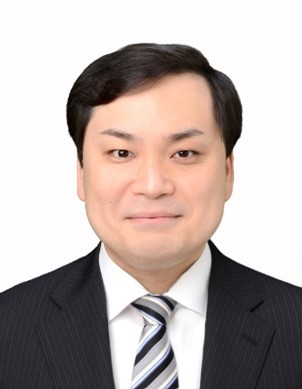
 KEK-IINAS School
KEK-IINAS School